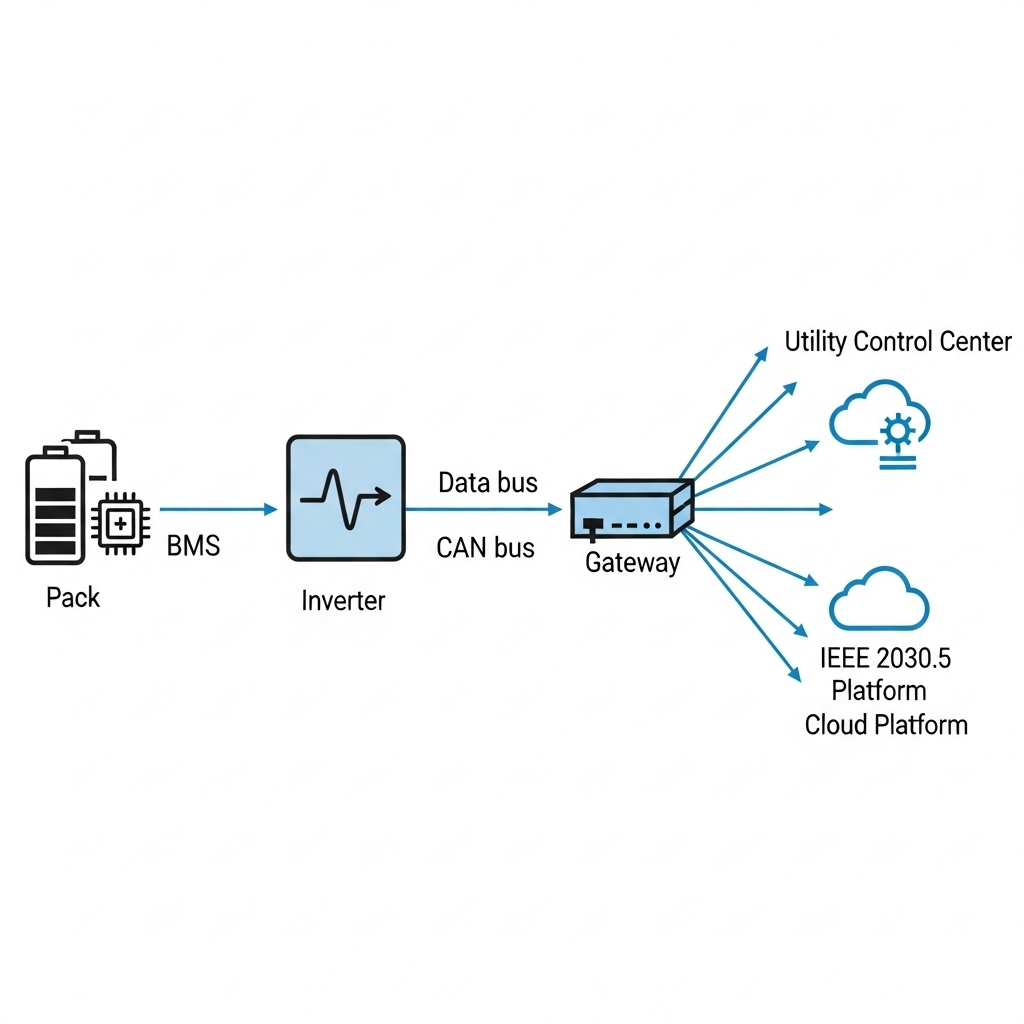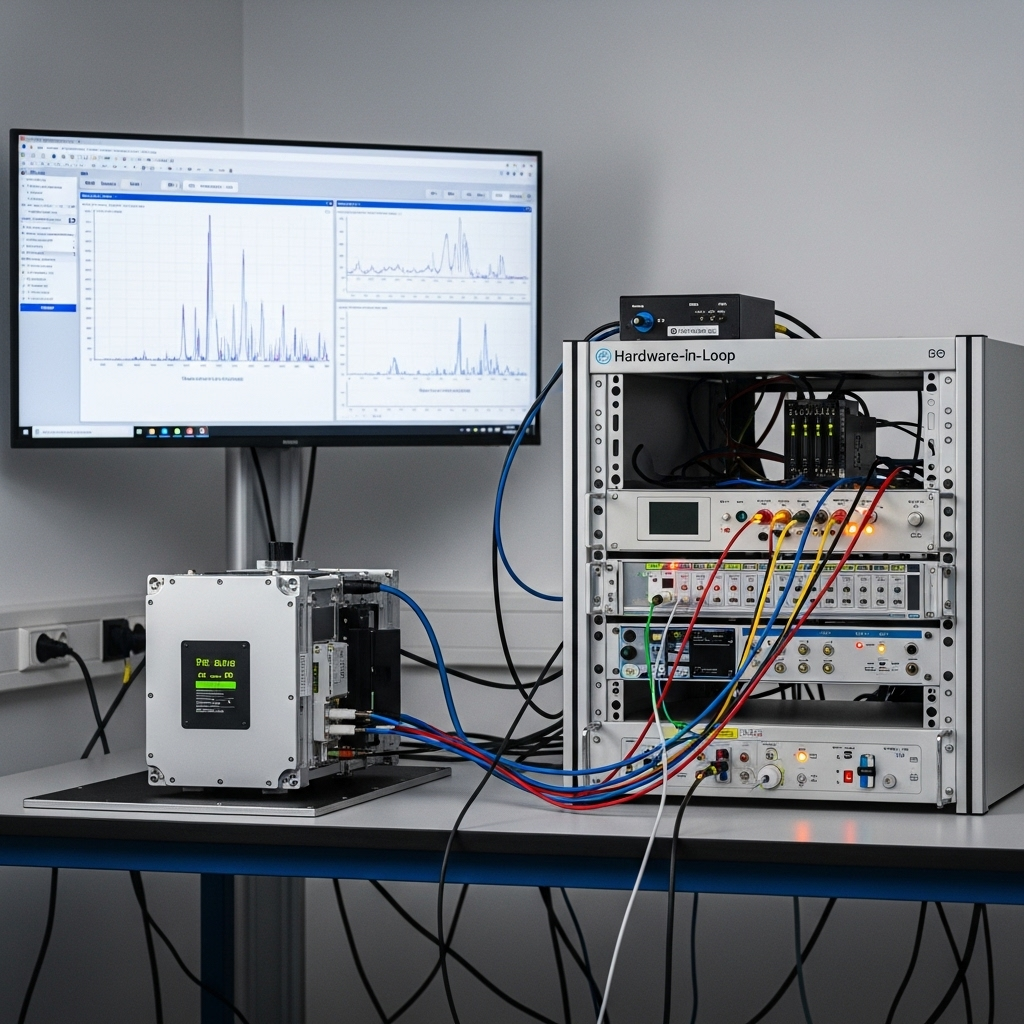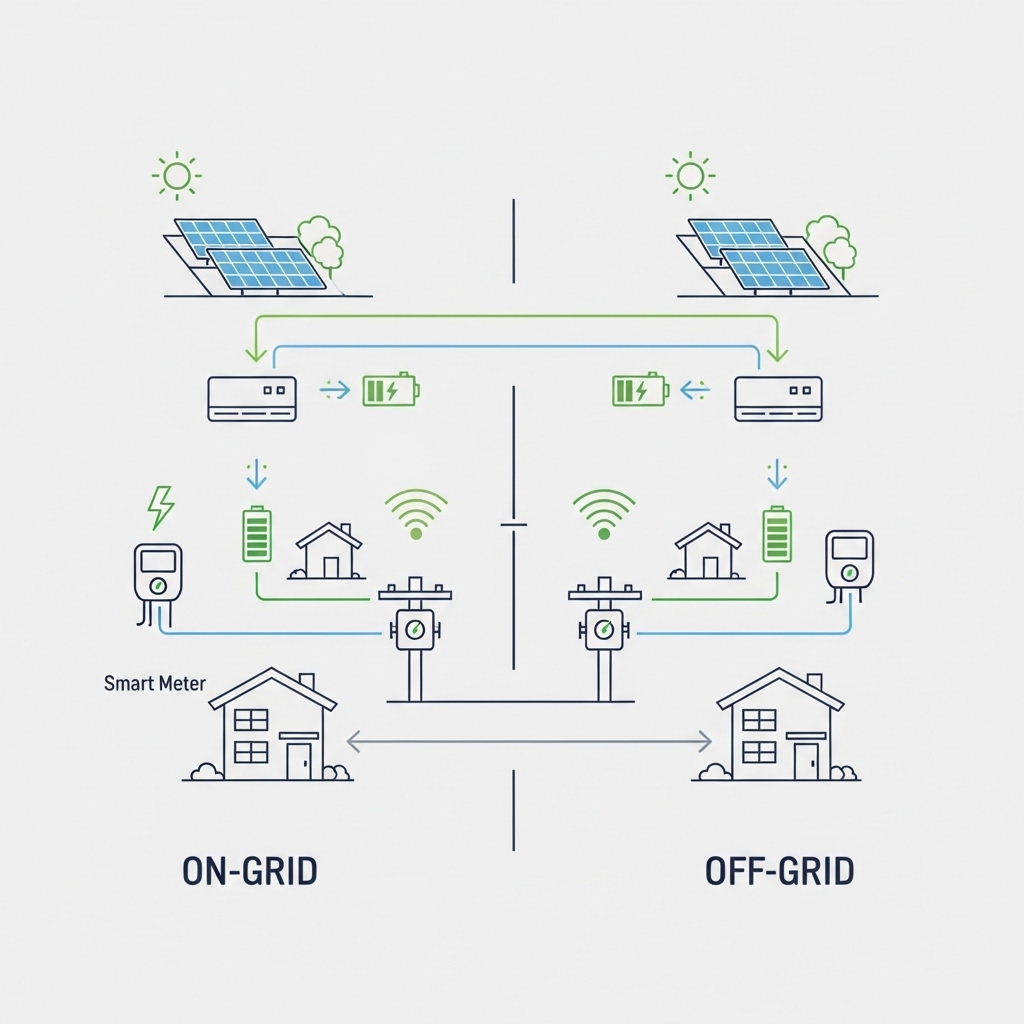In the world of energy storage systems (ESS), communication protocols are the nervous system. They ensure every component, from the battery cells to the inverter, works in harmony. Among these, the Controller Area Network (CAN) bus is a veteran. Born in the automotive industry, it's known for being robust and reliable. Yet, a persistent question arises: is CAN bus too simple for the demands of sophisticated, grid-interactive energy storage systems?
This perception of simplicity often leads to debates about its suitability compared to other protocols like Modbus or its place in an ecosystem with standards like SunSpec and IEEE 2030.5. It's time to separate the myth from reality and analyze if CAN's foundational design is a limitation or its greatest strength.
Understanding the Core Strengths of CAN Bus
To evaluate CAN's role, we first need to appreciate its fundamental advantages. Its design priorities were reliability and real-time performance, attributes that are highly valuable in an ESS environment where safety and immediate response are critical.
Reliability and Robustness in Harsh Environments
CAN was designed to function flawlessly inside a vehicle, an environment filled with electrical noise from ignition systems, motors, and sensors. It achieves this resilience through two key features: differential signaling and extensive error handling. Differential signaling uses two wires to transmit data, making the signal highly resistant to external electromagnetic interference. Furthermore, CAN includes multiple layers of error detection, including Cyclic Redundancy Checks (CRC) and frame acknowledgments, ensuring that messages are not just sent, but received correctly.
Real-Time Performance and Prioritization
Unlike protocols that rely on a master device to poll slaves, CAN operates on a message-based, event-driven principle. Any node on the network can transmit data when needed. To prevent data collisions, it uses a brilliant method of non-destructive arbitration. Each message has a unique identifier, which also serves as its priority. If two nodes transmit simultaneously, the node with the higher priority (a lower ID number) continues its transmission without interruption or data loss. This is invaluable in an ESS, where a critical alert from the Battery Management System (BMS), such as an over-temperature condition, must take precedence over routine data updates.
Addressing the 'Simplicity' Myth: Is CAN Scalable?
The main criticism leveled against CAN is its perceived lack of sophistication, primarily centered on its data payload and network complexity. However, these concerns often overlook the evolution of the protocol and its intended place in a layered communication architecture.
Data Throughput and Payload Limitations
The original CAN standard (Classical CAN) specifies a data payload of just 8 bytes per frame. For complex systems sending large blocks of data, this seems restrictive. This limitation is precisely what the updated CAN FD (Flexible Data-Rate) standard addresses. CAN FD boosts the payload to 64 bytes per frame and allows for a much higher data transmission speed after the arbitration phase. This enhancement makes it more than capable of handling the rich data streams in modern ESS components.
| Feature | Standard CAN | CAN FD | Modbus RTU (over RS485) |
|---|---|---|---|
| Max Payload | 8 bytes | 64 bytes | 252 bytes |
| Max Speed | 1 Mbps | Up to 5 Mbps+ | ~115.2 kbps (typical) |
| Architecture | Multi-master, peer-to-peer | Multi-master, peer-to-peer | Master-Slave |
| Error Handling | High (CRC, ACK, Frame Check) | Very High (Enhanced CRC) | Basic (CRC/LRC) |
| Real-Time Capability | Excellent (Arbitration) | Excellent (Arbitration) | Poor (Polling-based) |
System Complexity and Application Layers
CAN itself only defines the physical and data link layers of communication. It standardizes how to send bits reliably, but not what those bits represent. This is not a weakness but a feature that provides flexibility. Higher-level protocols, such as CANopen or J1939, operate on top of CAN. These protocols define the data dictionary, message timing, and network management, turning the raw 8- or 64-byte payloads into meaningful information like 'battery state-of-charge' or 'inverter output power'. This layered approach allows developers to build highly customized and efficient communication schemes tailored to their specific application.
Integrating CAN with Higher-Level Grid Communication
CAN shines in local, intra-system communication. It is not designed for communicating directly with a utility hundreds of miles away. This is where communication gateways and grid-level standards come into play. An ESS will typically use CAN for the high-speed link between its internal BMS and inverter. A gateway device then aggregates this data and translates it into a different protocol, such as SunSpec Modbus or IEEE 2030.5, for external communication. This architecture leverages the strengths of each protocol. As noted in a report from the International Renewable Energy Agency, Grid Codes for Renewable Powered Systems, such standardized interfaces are becoming critical for enabling Distributed Energy Resources (DERs) to provide grid services and ensure system stability.
CAN in the Modern ESS Ecosystem: A Practical View
In practice, CAN bus is not just surviving; it is thriving in specific, critical roles within the ESS ecosystem. Its selection is a deliberate engineering choice based on performance requirements.
The Role of CAN in Battery Management Systems (BMS)
CAN is the de facto standard for communication between a central BMS controller and the cell monitoring units within a LiFePO4 battery pack, as well as for the link between the BMS and the inverter. Its real-time arbitration ensures that safety-critical messages are never delayed. This rapid and reliable data exchange is fundamental to protecting the battery and ensuring operational safety. Accurate and timely data from the BMS is also fundamental to achieving high round-trip efficiency, a key metric in evaluating solar storage performance and maximizing the return on investment.
When to Choose CAN vs. Other Protocols
The choice is not about CAN versus everything else. It is about using the right tool for the right task.
- CAN Bus: The premier choice for high-speed, safety-critical, real-time communication within a contained system, like the link between a BMS and an inverter. Its noise immunity is a major plus in power-dense environments.
- Modbus: A simpler, master-slave protocol that remains useful for less time-sensitive tasks. It is often used for connecting to utility meters, weather stations, or for basic configuration and monitoring where the real-time needs and electrical noise are lower.
- SunSpec & IEEE 2030.5: These are not transport protocols but information models and application standards. They define a common language for DERs to speak to each other and to utility control systems, often running over IP networks. They answer the 'what to say,' while protocols like CAN or Ethernet answer the 'how to send it.'
The Future of ESS Control: A Hybrid Approach
The verdict is clear: CAN is far from being too simple. Its perceived simplicity is a testament to its focused and efficient design. The future of ESS control is not a single, all-encompassing protocol but a hybrid, layered architecture. The International Energy Agency's research on System Integration of Renewables highlights that advanced digital control systems are necessary to manage modern power grids. A modern ESS perfectly embodies this principle.
CAN will continue to serve as the high-performance backbone for internal device control, prized for its speed and reliability. Gateways will seamlessly translate this internal chatter into standardized formats like SunSpec, enabling interoperability and participation in larger energy markets. This combination allows for robust, safe local control while ensuring the system is a good citizen on the broader grid.
Final Thoughts
The idea that CAN bus is too simple for modern ESS control is a myth. Its simplicity is its power—a focused, battle-tested design that delivers unparalleled reliability and real-time performance for its intended task. Modern advancements like CAN FD have addressed its payload limitations, while its role as a foundational layer in a larger communication stack demonstrates its scalability. For system integrators and engineers, understanding how to leverage CAN for internal control while using gateways for external communication is the key to building the resilient, intelligent, and grid-friendly energy storage solutions of the future.
Frequently Asked Questions
Is CAN bus outdated for new ESS designs?
No. CAN bus, especially with the CAN FD extension, remains highly relevant. Its robustness and real-time capabilities are unmatched for safety-critical internal communication, such as between a BMS and an inverter. It's the foundation upon which more complex application layers are built.
Can CAN bus communicate directly with the utility grid?
Not directly. CAN is a local network protocol. To communicate with a utility grid, an ESS uses a gateway device. This gateway translates the internal CAN bus data into grid-friendly protocols like IEEE 2030.5 or DNP3, which are designed for wide-area communication and interoperability.
What is the main difference between CAN and Modbus in an ESS context?
The primary difference is in their architecture and purpose. CAN is a multi-master, event-driven protocol with built-in message prioritization, ideal for real-time control and safety. Modbus is a simpler master-slave protocol, typically used for polling data from devices at slower intervals. CAN excels at speed and reliability; Modbus excels at simplicity for non-critical data acquisition.
Does using CAN bus limit my choice of inverters or batteries?
It can influence your choices. Compatibility is key. Many high-performance LiFePO4 batteries and hybrid inverters use CAN for communication. It is crucial to verify that the BMS and inverter support the same CAN protocol and application layer (e.g., a specific proprietary standard or CANopen) to ensure they can communicate effectively.





Leave a comment
All comments are moderated before being published.
This site is protected by hCaptcha and the hCaptcha Privacy Policy and Terms of Service apply.